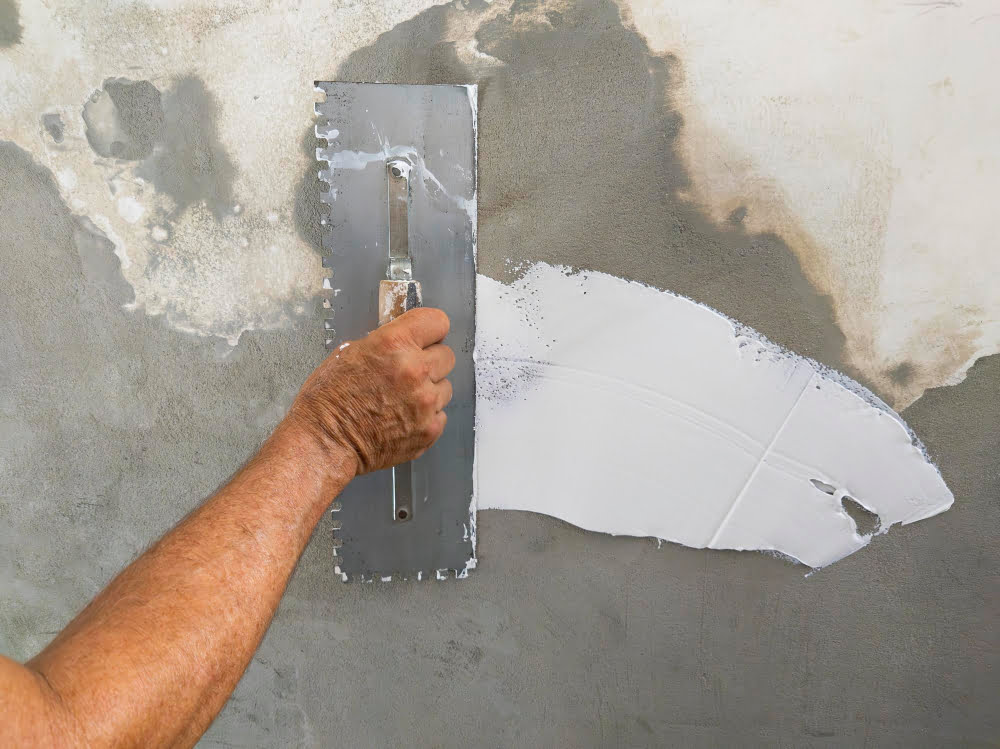
Stucco is a popular material used in home construction and renovation. It is made of cement, sand, water, lime, or other bonding agents. Stucco provides a durable and attractive exterior finish to buildings and can be used on interior walls for decorative purposes.
However, like any other building material, stucco may crack or become damaged over time due to exposure to weather elements such as rain, sun, and freezing temperatures. If your stucco has developed cracks or holes, it is essential to stucco repair them immediately to prevent further damage.
This guide will discuss the steps involved in repairing stucco and provide tips to ensure a successful repair.
Before beginning any stucco repair, it is important to assess the extent of the damage. Look for common signs such as cracks, chips, discoloration, or bulging in your stucco. These could indicate underlying issues that need to be addressed.
It’s also important to differentiate between minor and major damage. Minor cracks or holes can often be repaired with simple DIY techniques, while larger areas or severe damage may require professional help.
To properly inspect and assess the damage, you will need some basic tools and safety equipment, such as:
Once you have assessed the damage, it’s time to gather all the necessary materials and tools for the repair. This may include:
Before starting any repairs, thoroughly clean the damaged area. Remove any loose or damaged stucco and clean the surface to ensure proper adhesion of the repair compound.
A simple patch or caulk can do the trick for minor cracks and holes. Follow these steps for successful repair:
A more complex repair process is necessary for larger areas or more severe damage. Follow these steps for a successful repair:
If necessary, paint or seal the repaired area to protect against future damage. Choose a paint or sealer specifically designed for use on stucco and carefully follow the manufacturer’s instructions for application.
To ensure your stucco stays in good condition, it is essential to inspect and maintain it regularly. Here are a few tips to keep your stucco looking great
Following these steps and additional tips, you can successfully repair stucco and keep it in good condition for years. Always prioritize safety and consult Anicette Stucco LLC for extensive damage or if you are unsure of the repair process. So, regularly inspect your stucco, address any issues promptly, and protect it from potential damage to maintain its strength and aesthetic appeal. With proper care and maintenance, your stucco will remain a durable and attractive wall finish for your home or building.